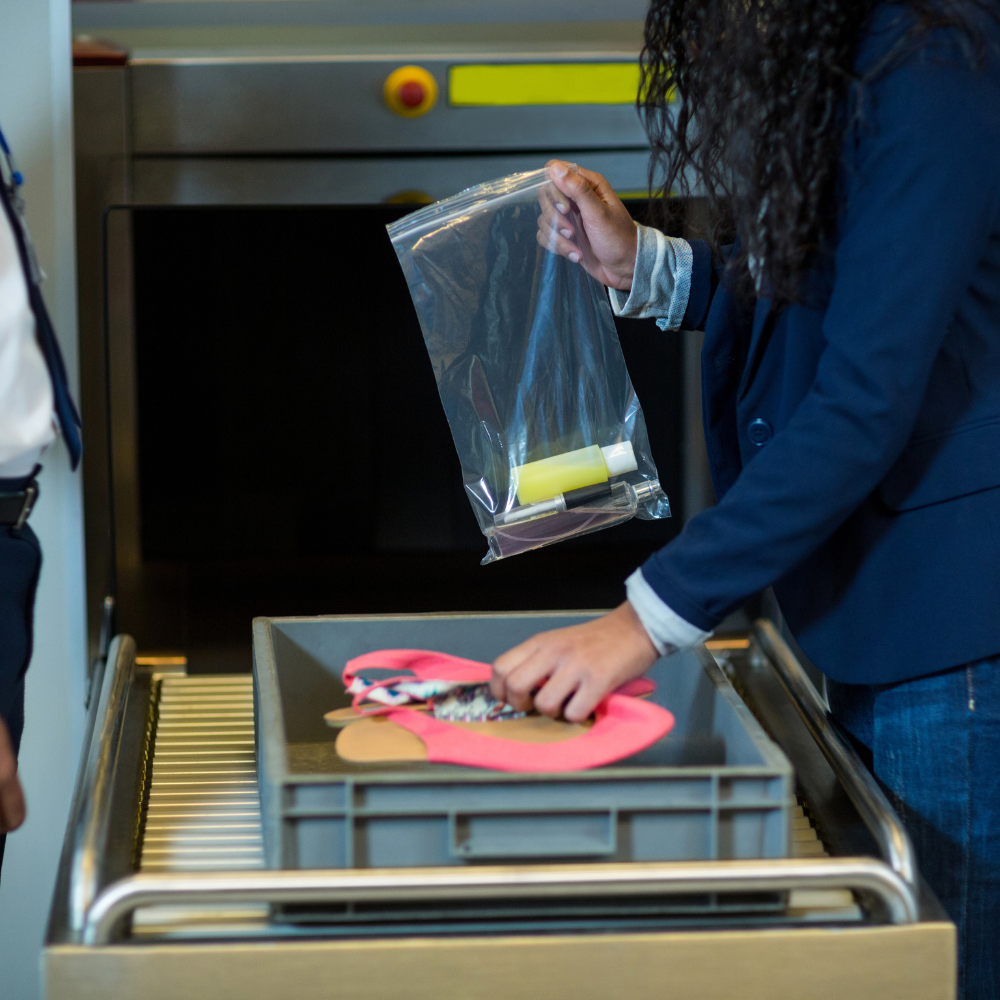 NASA successfully tested the first-ever planetary defense system in the world. NASA completed the DART or Double Asteroid Redirection Test mission which was in space for about 10 months. On Sep 26, 2022, the DART spacecraft successfully impacted the asteroid that was targeted and deflected it from its general category. NASA’s DART spacecraft was targeted toward a double asteroid system of Didymos and Dimorphos. DART was set to collide with Dimorphos, which orbits around Didymos as its moonlet. Upon impact by the DART, Dimorphos was expected to change its orbit slightly, thus testing the kinetic impact method. Because of this, the first planetary defense system was named the Double Asteroid Redirection Test.
NASA completed the Double Asteroid Redirection Test on Monday. The successful execution of the test was announced by the mission control board at the Johns Hopkins Applied Physics Laboratory (APL) in Laurel, Maryland. The kinetic impact method uses a body moving at a high speed to impact the other object to deflect it from its path. The DART mission was based on this concept. The weight of the DART system was around 600 kilograms which was moving at a speed of 6 kilometers per second. On the other hand, Dimorphos is around 160 meters wide, making it a significantly larger object than the DART spacecraft. After the collision with the DART, Dimorphos was expected to move closer to Didymos by almost 1%. Because of this event, the orbiting velocity of Dimorphos will increase, shortening the time required for Dimorphos to orbit Didymos by almost 10 minutes.
The DART spacecraft was launched on 24 November 2021 using a SpaceX Falcon 9 rocket. As the mission was aimed at testing the planetary defense system, this was the first defense project which was tested publicly. This is because a planetary defense system is an effort to globally unify the space research organizations of other countries. The DART spacecraft contained the Light Italian CubeSat for Imaging of Asteroids or LICIACube, a CubeSat companion of the spacecraft. LICIACube was responsible for capturing the images of the DART spacecraft as it impacted the asteroid to help the researchers analyze the impact. 15 days before the collision, the LICIACube differed from the spacecraft, allowing it to capture the collision from suitable angles to provide maximum information to the researchers for analysis.
Thomas Zurbuchen, the Associate Administrator of the Science Mission Directorate stated that further research on the interplanetary defense system is expected to unify the space research organizations from other countries. He further stated that the DART mission has suggested that to protect the earth from any asteroid or other space objects, we just need a spacecraft with enough mass and speed to deflect its trajectory. Bill Nelson, the Administrator at NASA also stated that at the core the DART mission represents NASA’s success in building the Earth’s first planetary defense system, but the bigger picture represents the mission of unity which will benefit humans in coming times. He added that this mission has provided humans a way to protect our home planet as we brought science fiction into reality.
NASA successfully tested the first-ever planetary defense system in the world. NASA completed the DART or Double Asteroid Redirection Test mission which was in space for about 10 months. On Sep 26, 2022, the DART spacecraft successfully impacted the asteroid that was targeted and deflected it from its general category. NASA’s DART spacecraft was targeted toward a double asteroid system of Didymos and Dimorphos. DART was set to collide with Dimorphos, which orbits around Didymos as its moonlet. Upon impact by the DART, Dimorphos was expected to change its orbit slightly, thus testing the kinetic impact method. Because of this, the first planetary defense system was named the Double Asteroid Redirection Test.
NASA completed the Double Asteroid Redirection Test on Monday. The successful execution of the test was announced by the mission control board at the Johns Hopkins Applied Physics Laboratory (APL) in Laurel, Maryland. The kinetic impact method uses a body moving at a high speed to impact the other object to deflect it from its path. The DART mission was based on this concept. The weight of the DART system was around 600 kilograms which was moving at a speed of 6 kilometers per second. On the other hand, Dimorphos is around 160 meters wide, making it a significantly larger object than the DART spacecraft. After the collision with the DART, Dimorphos was expected to move closer to Didymos by almost 1%. Because of this event, the orbiting velocity of Dimorphos will increase, shortening the time required for Dimorphos to orbit Didymos by almost 10 minutes.
The DART spacecraft was launched on 24 November 2021 using a SpaceX Falcon 9 rocket. As the mission was aimed at testing the planetary defense system, this was the first defense project which was tested publicly. This is because a planetary defense system is an effort to globally unify the space research organizations of other countries. The DART spacecraft contained the Light Italian CubeSat for Imaging of Asteroids or LICIACube, a CubeSat companion of the spacecraft. LICIACube was responsible for capturing the images of the DART spacecraft as it impacted the asteroid to help the researchers analyze the impact. 15 days before the collision, the LICIACube differed from the spacecraft, allowing it to capture the collision from suitable angles to provide maximum information to the researchers for analysis.
Thomas Zurbuchen, the Associate Administrator of the Science Mission Directorate stated that further research on the interplanetary defense system is expected to unify the space research organizations from other countries. He further stated that the DART mission has suggested that to protect the earth from any asteroid or other space objects, we just need a spacecraft with enough mass and speed to deflect its trajectory. Bill Nelson, the Administrator at NASA also stated that at the core the DART mission represents NASA’s success in building the Earth’s first planetary defense system, but the bigger picture represents the mission of unity which will benefit humans in coming times. He added that this mission has provided humans a way to protect our home planet as we brought science fiction into reality.
News In Focus
 Yash Ranjan09/28/202215
Yash Ranjan09/28/202215
NASA's DART mission: First planetary defense system in the world
 NASA successfully tested the first-ever planetary defense system in the world. NASA completed the DART or Double Asteroid Redirection Test mission which was in space for about 10 months. On Sep 26, 2022, the DART spacecraft successfully impacted the asteroid that was targeted and deflected it from its general category. NASA’s DART spacecraft was targeted toward a double asteroid system of Didymos and Dimorphos. DART was set to collide with Dimorphos, which orbits around Didymos as its moonlet. Upon impact by the DART, Dimorphos was expected to change its orbit slightly, thus testing the kinetic impact method. Because of this, the first planetary defense system was named the Double Asteroid Redirection Test.
NASA completed the Double Asteroid Redirection Test on Monday. The successful execution of the test was announced by the mission control board at the Johns Hopkins Applied Physics Laboratory (APL) in Laurel, Maryland. The kinetic impact method uses a body moving at a high speed to impact the other object to deflect it from its path. The DART mission was based on this concept. The weight of the DART system was around 600 kilograms which was moving at a speed of 6 kilometers per second. On the other hand, Dimorphos is around 160 meters wide, making it a significantly larger object than the DART spacecraft. After the collision with the DART, Dimorphos was expected to move closer to Didymos by almost 1%. Because of this event, the orbiting velocity of Dimorphos will increase, shortening the time required for Dimorphos to orbit Didymos by almost 10 minutes.
The DART spacecraft was launched on 24 November 2021 using a SpaceX Falcon 9 rocket. As the mission was aimed at testing the planetary defense system, this was the first defense project which was tested publicly. This is because a planetary defense system is an effort to globally unify the space research organizations of other countries. The DART spacecraft contained the Light Italian CubeSat for Imaging of Asteroids or LICIACube, a CubeSat companion of the spacecraft. LICIACube was responsible for capturing the images of the DART spacecraft as it impacted the asteroid to help the researchers analyze the impact. 15 days before the collision, the LICIACube differed from the spacecraft, allowing it to capture the collision from suitable angles to provide maximum information to the researchers for analysis.
Thomas Zurbuchen, the Associate Administrator of the Science Mission Directorate stated that further research on the interplanetary defense system is expected to unify the space research organizations from other countries. He further stated that the DART mission has suggested that to protect the earth from any asteroid or other space objects, we just need a spacecraft with enough mass and speed to deflect its trajectory. Bill Nelson, the Administrator at NASA also stated that at the core the DART mission represents NASA’s success in building the Earth’s first planetary defense system, but the bigger picture represents the mission of unity which will benefit humans in coming times. He added that this mission has provided humans a way to protect our home planet as we brought science fiction into reality.
NASA successfully tested the first-ever planetary defense system in the world. NASA completed the DART or Double Asteroid Redirection Test mission which was in space for about 10 months. On Sep 26, 2022, the DART spacecraft successfully impacted the asteroid that was targeted and deflected it from its general category. NASA’s DART spacecraft was targeted toward a double asteroid system of Didymos and Dimorphos. DART was set to collide with Dimorphos, which orbits around Didymos as its moonlet. Upon impact by the DART, Dimorphos was expected to change its orbit slightly, thus testing the kinetic impact method. Because of this, the first planetary defense system was named the Double Asteroid Redirection Test.
NASA completed the Double Asteroid Redirection Test on Monday. The successful execution of the test was announced by the mission control board at the Johns Hopkins Applied Physics Laboratory (APL) in Laurel, Maryland. The kinetic impact method uses a body moving at a high speed to impact the other object to deflect it from its path. The DART mission was based on this concept. The weight of the DART system was around 600 kilograms which was moving at a speed of 6 kilometers per second. On the other hand, Dimorphos is around 160 meters wide, making it a significantly larger object than the DART spacecraft. After the collision with the DART, Dimorphos was expected to move closer to Didymos by almost 1%. Because of this event, the orbiting velocity of Dimorphos will increase, shortening the time required for Dimorphos to orbit Didymos by almost 10 minutes.
The DART spacecraft was launched on 24 November 2021 using a SpaceX Falcon 9 rocket. As the mission was aimed at testing the planetary defense system, this was the first defense project which was tested publicly. This is because a planetary defense system is an effort to globally unify the space research organizations of other countries. The DART spacecraft contained the Light Italian CubeSat for Imaging of Asteroids or LICIACube, a CubeSat companion of the spacecraft. LICIACube was responsible for capturing the images of the DART spacecraft as it impacted the asteroid to help the researchers analyze the impact. 15 days before the collision, the LICIACube differed from the spacecraft, allowing it to capture the collision from suitable angles to provide maximum information to the researchers for analysis.
Thomas Zurbuchen, the Associate Administrator of the Science Mission Directorate stated that further research on the interplanetary defense system is expected to unify the space research organizations from other countries. He further stated that the DART mission has suggested that to protect the earth from any asteroid or other space objects, we just need a spacecraft with enough mass and speed to deflect its trajectory. Bill Nelson, the Administrator at NASA also stated that at the core the DART mission represents NASA’s success in building the Earth’s first planetary defense system, but the bigger picture represents the mission of unity which will benefit humans in coming times. He added that this mission has provided humans a way to protect our home planet as we brought science fiction into reality. 


